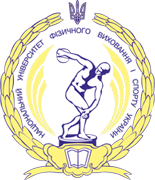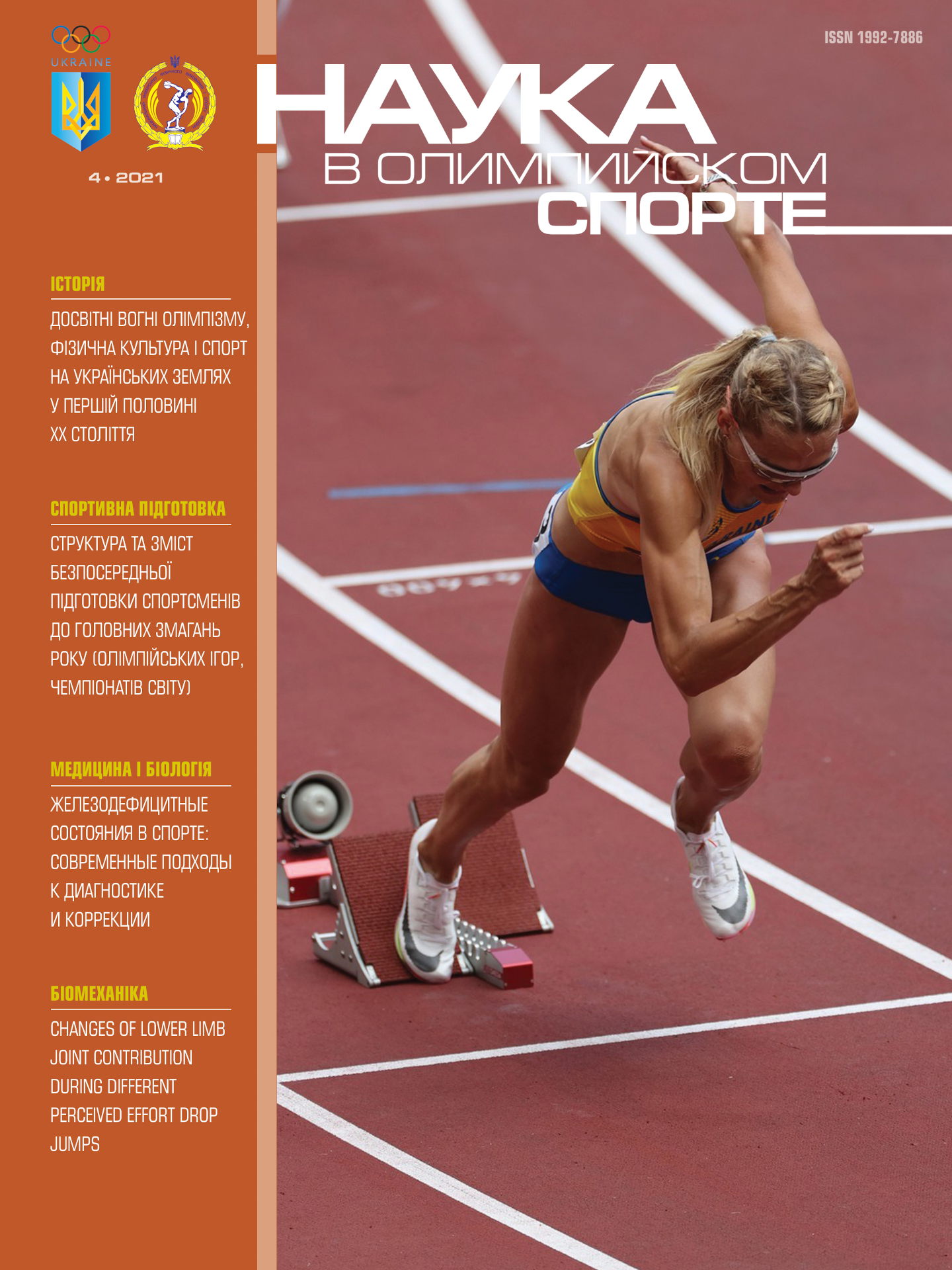Abstract:
Objective. Based on the analysis of scientifi c literature, to form up-to-date concepts of exercise-induced muscle damage (EIMD) and delayed onset muscle soreness (DOMS) as factors for the development of fatigue and work capacity decrease in athletes, as well as opportunities for their prevention and correction.
Methods. Analysis and generalization of scientifi c and methodo logical literature and abstract databases on the subject under study.
Results. Diff erent aspects of the mechanisms of EIMD and DOMS syndromes formation have been summarized. It has been postulated that they may represent one of the main causes of skeletal muscle fatigue. It has been suggested that in this situation, lactate accumulation is only the trigger mechanism for further changes in homeostasis, and not their upstream cause, which leads to infl ammation, swelling, and pain. Taking into account the detailed analysis of the literature data and the provisions of the IOC-2018 Consensus on the use of dietary supplements by elite athletes, the classes of nutritiological means formed by the authors are described, which should reasonably be used for the prevention and correction of these syndromes.
Conclusion. It should be considered that the process of post-load skeletal muscle remodeling (and, accordingly, the development of motor capacities) in the training process dynamics proceeds adequately if homeostatic rearrangements do not exceed the individual adaptation capacities of the athlete’s body. Therefore, the programs for prevention and correction of exerci - se-induced muscle damage and delayed onset muscle soreness underlying skeletal muscle fatigue should be strictly individualized based on ongoing laboratory monitoring of EIMD and DOMS markers.













